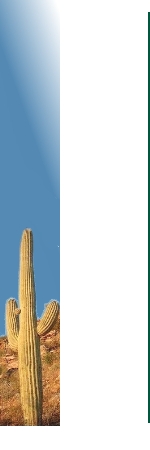| Lower-division: | PHYS 11A, PHYS 11A Lab, PHYS 11C, PHYS 11C Lab, PHYS 5B Lab, PHYS 99 (Mathematica workshop). |
| Upper-division: | PHYS 106, PHYS 110, PHYS 124, PHYS 135, PHYS 136, PHYS 151, PHYS 156, PHYS 162. PHYS 163. |
Teaching information for Fall 2020
The semester starts on August 31 and will be held mostly online.
I know this is far from ideal and it is far from being my preferred teaching mode,
but we'll have to try and make the best of it.
I believe communication will be key during this fully online semester and will be using
campuswire to centralize all communication with students. I encourage you to join
(it is free) and ask me any question you may have (see below under office hours.)
Office hours
Since we cannot have in-person meetings until further notice,
I will be holding office hours online using Campuswire (click on the image).
You will need to login with your university email address and, the first time you log in,
you will be asked to enter the class code 8601.
If you want to discuss live with me, you can set up an appointment at dr-buerki.youcanbook.me for a zoom meeting.
Courses taught this semester
You will find detailed information about the courses I teach on the course Canvas page. Below is some essential information until I open up the Canvas pages (click on the class code to show the corresponding information).
This course is an introduction to the two original theories of modern physics: Special relativity and quantum mechanics.
- This course will meet synchronously on Mondays, Wednesdays, and Fridays from 3 to 3:50 pm.
- Students will need to buy an electronic version of the textbook “Six Ideas That Shaped Physics, Units R and Q” by Thomas A. Moore on Perusall.com (accessed through the course Canvas page).
This course is essentially two half-courses extending the first semesters of upper-division classical mechanics (physics 110) and thermodynamics and statistical mechanics (physics 124).
- This course will meet synchronously on Mondays, Wednesdays, and Fridays from 10 to 10:50 am.
- There are two required textbooks for this course:
- “Classical Mechanics” by John R. Taylor, and
- “Introduction to Thermal Physics” by Daniel V. Schroeder.



